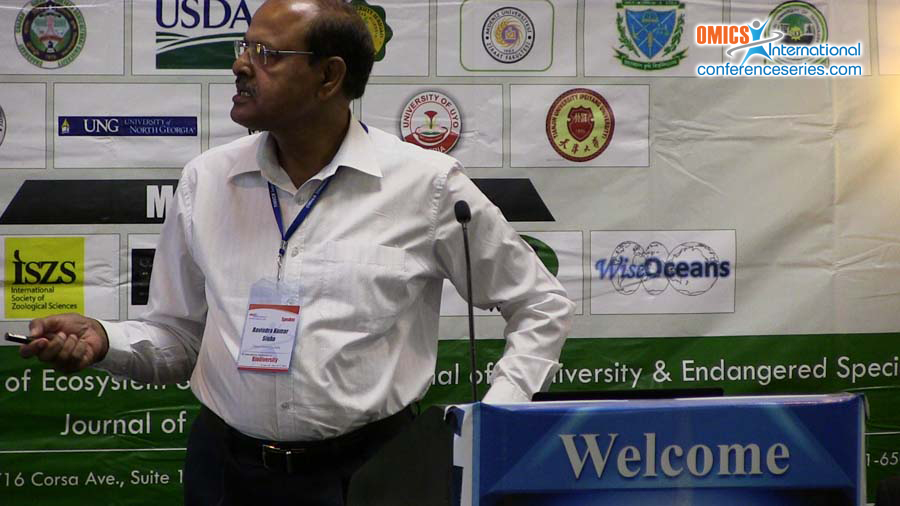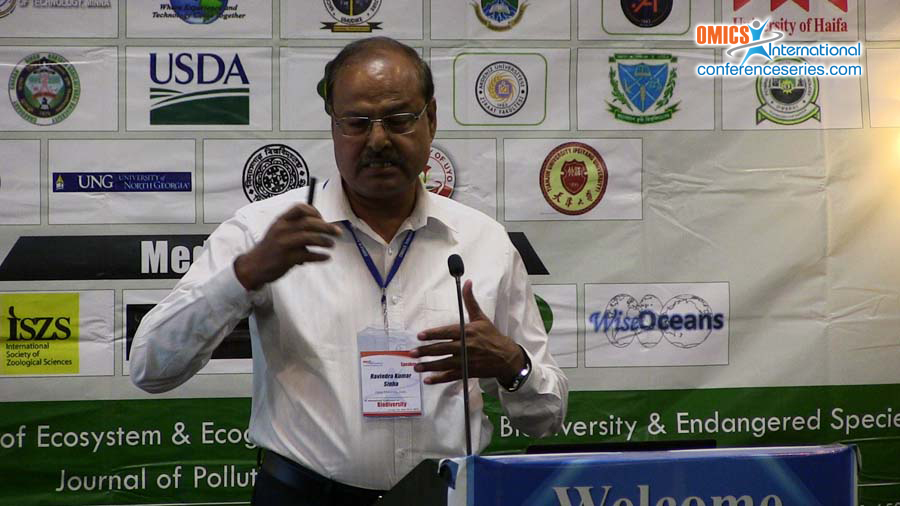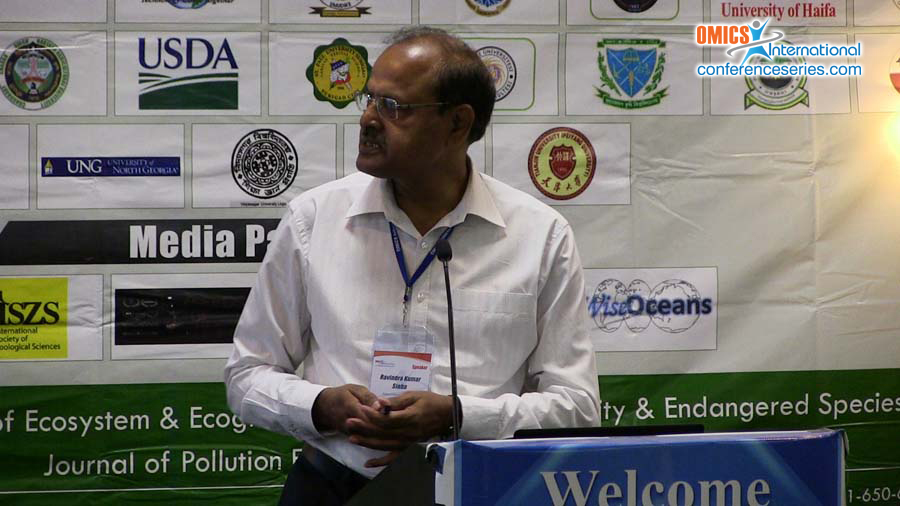
Ravindra Kumar Sinha
Patna University, India
Title: Conserving river biodiversity in the Ganges-Brahmaputra-Meghna river basin in the Indian sub-continent
Biography
Biography: Ravindra Kumar Sinha
Abstract
Rivers have played a critical role in the growth of human civilizations across the globe and have been well-known as habitats of thousands of biota including turtles, crocodiles as well as mammals such as dolphins and otters. The Ganges-Brahmaputra-Meghna (GBM) River Basin has 0.12% of the world's land mass where more than 10% of the world's human population resides. Most of the rivers in the basin originate from the Himalayas. The biodiversity of these rivers is characterised by high species richness, by the occurrence of many rare, endangered, threatened species, many endemics and charismatic species of great interest (Ganges River dolphin, Gavialis, Otter). Most of the studies on riverine biodiversity have focussed mostly on fishes and occasionally on benthic macro-invertebrates; phyto and zooplankton, and few on higher vertebrates (dolphin, otter, Gavialis and turtles). Similarly birds entirely dependent upon the rivers have received little attention. Though the biodiversity of the GBM Basin has been documented to some extent but their role in functioning of river ecosystems have not been adequately understood or investigated. Practically all components of biodiversity contribute to waste processing function, and thereby result in maintaining high water quality and productivity. Biodiversity is threatened mainly by the loss or degradation of the habitats mostly due to ever-increasing storage, diversion and abstraction of water to meet the growing and divergent human needs through a variety of engineering interventions (dams, barrages, tunnels, embankments, canals) which have altered the flow drastically to the extent that many stretches of even large rivers remain dry for most of the year; loss of longitudinal and lateral connectivity due to constructions of dams/barrages and embankments, respectively; as well as discharge of both domestic and industrial waste waters. Other major threats are man-made changes in land-use pattern, intensive agriculture, urbanization and industrialization, mining etc. which contribute to flow alteration, pollution and sediment load. The paper deals with conservation of riverine biodiversity in the GBM Basin with special efforts to understand the structure and functioning of the river system and factors which govern and regulate the biodiversity as well as a proper assessment of the threats with measures to address the threats.
Speaker Presentations
Speaker PDFs
Speaker PPTs Click Here



